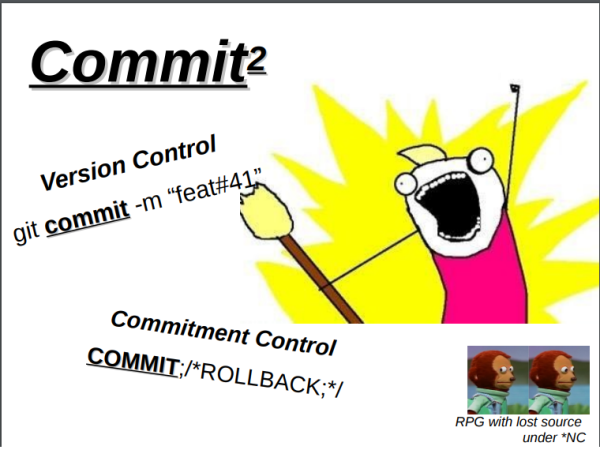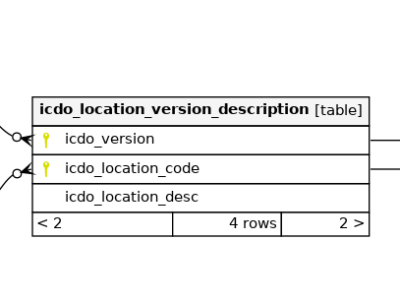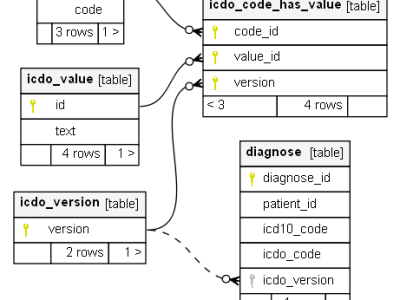
In Data we trust … May Codd help us.
Just some thoughts…

Y-Pow3r Day April 2022 presentation #db2foi #N2i #ibmi
A short post to share the slides from my first presentation at an #ibmi conference. I had the pleasure to speak at the Y-Pow3r Day, a pre-conference to the Pow3r in April 2022. My session (in German … or so I tried) may soon be online at https://pow3r.expo-ip.com/ (you may have to register first). Go…
Variation on JOIN and NULLs #ibmi #db2fori #SQL
A puzzle, or any kind of SQL riddle? Spot the difference!
MAX/MIN, Scalar vs Aggregate function and NULLs #db2fori #ibmi
This is a note on a surprising difference and kind of a follow-up on a RPGPGM.COM article (so go read it first and put the site in your favorite!). I already commented on it there, but thought it would be worth a small post. Try to guess the result for the following statement, then let…
a CONCAT_WS-like on #db2fori #ibmi
In July, I left a position as a data manager on SQL Server (and a bit of MySQL) to start as a database developer on… Db2 … for i. I’m now going through a paradigm shift and transfer some knowledge to the platform. I had a use case for ‘CONCAT_WS‘. Concatenate 0, 1 or more…
Multi-Column “Aggregation” MAX(), MIN(), COUNT() & Co with #SQLServer
It’s amazing to see how Microsoft keep on improving T-SQL. I was happily surprised to hear that GREATEST and LEAST are comming to Azure SQL Database from Version 2016 on… however only on Azure SQL. I’m currently ‘stuck’ with SqlServer 2017 on Premise (at least it is not any out of support version, like 2008R2)…

Time Trouble: SqlClient and Timeout(S)
a Stored Procedure with SqlClient problem, the dispair and the actual *dumb* solution.

IDENTITY crisis — 4. IDENTITY-free #SQL programming
In Part 1 and Part 2, I set the background. In Part 3, I attacked a castle… it is now an infested ruins. We’re now building a better version of it (meeting the specification). Our new castle with relational fortifications. Who told database design is no fun? The environment I’m using a full fledged Microsoft…

IDENTITY crisis — 3. Relational Distancing
After Part 1 and Part 2. I want to embark on a code review. Playing the pathologist, running a small diagnostic on the diagnose table and its friends. Relationaaaaaaah By the all mighty, we shall invoke SchemaSpy, and the picture should speak: I now feel so sad for diagnose. Quarantine measures? The only relation is…
IDENTITY crisis — Part 1: a DISTINCT in disguise
Nothing looks more alike than 2 INT. I wish a warning could come if I ever try to join on 2 columns defined with IDENTITY. This started as a single post. But as I’m redacting, it gets longer. I plan/need to split it in 3 parts. That being said: If you want to make God…
string_agg() does not max alone — #SQLServer #SQLNewBlogger
… and that surely is for good reason when you check how the nvarchar(max)/varchar(max) family is treated. As I moved from PostgreSQL to SQL Server 2008R2 one of the things I missed the most were all the out of the box aggregation functions. And one of them was string_agg(). We migrated last year from 2008R2…
Loading…
Something went wrong. Please refresh the page and/or try again.
Follow My Blog
Get new content delivered directly to your inbox.